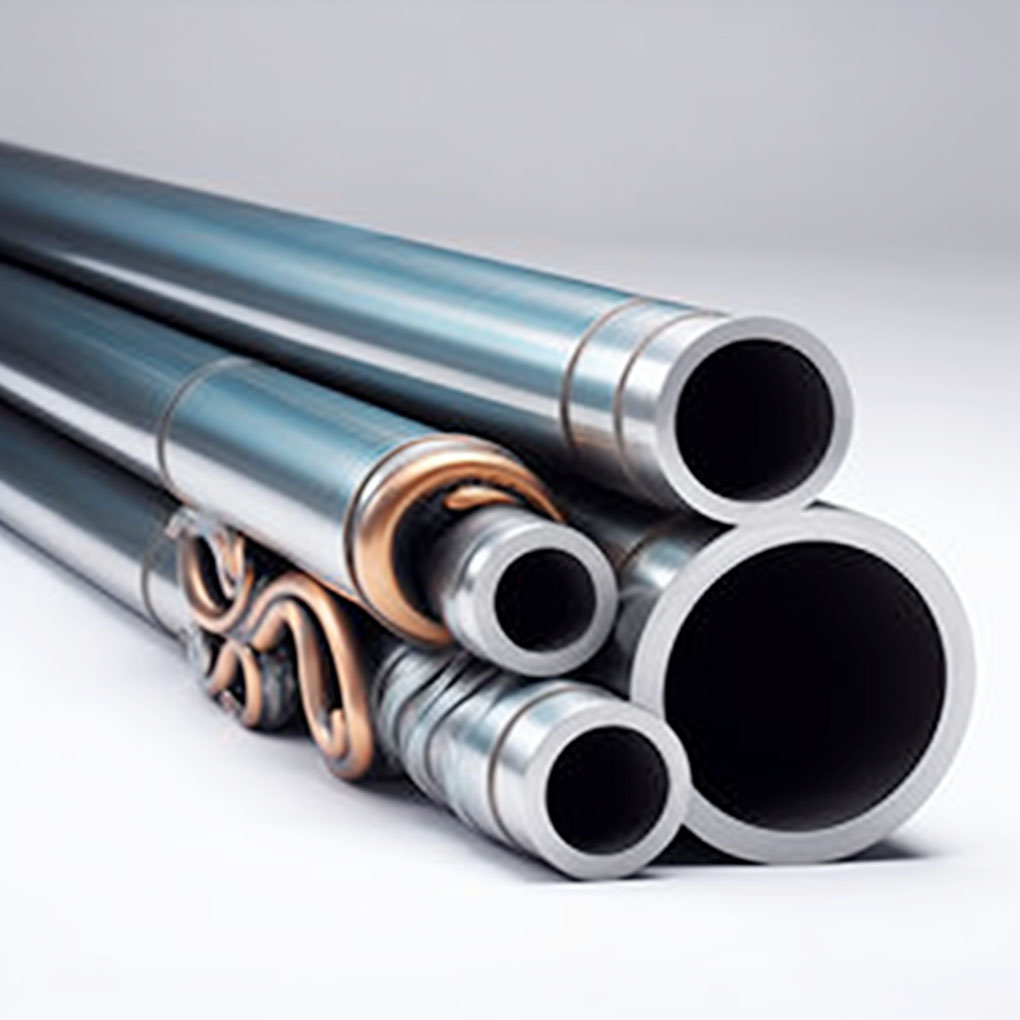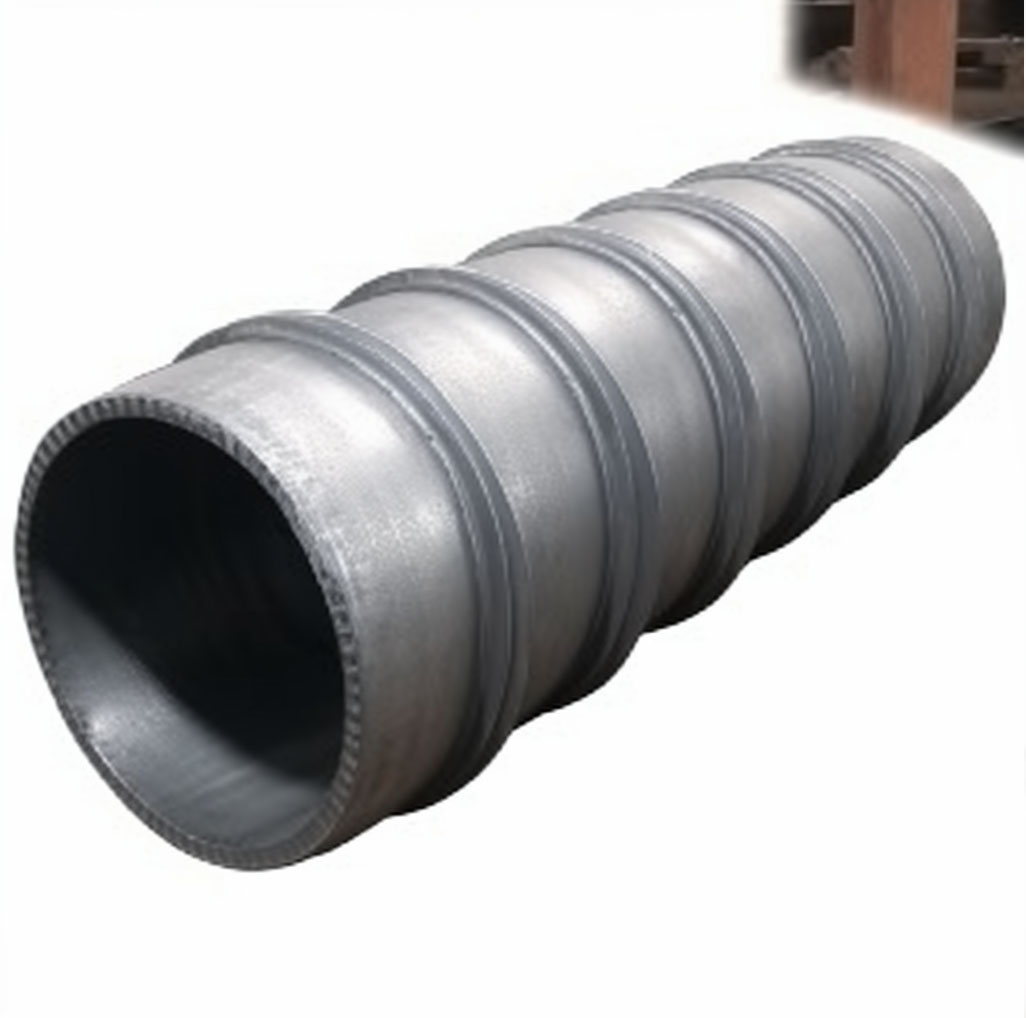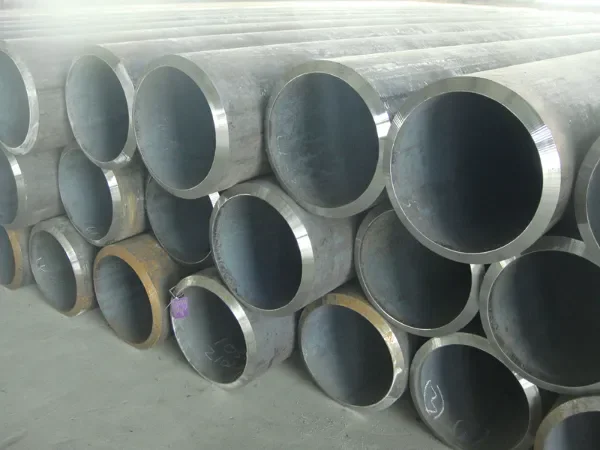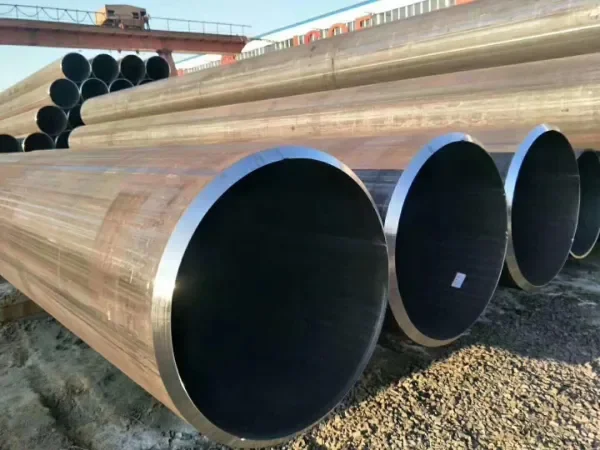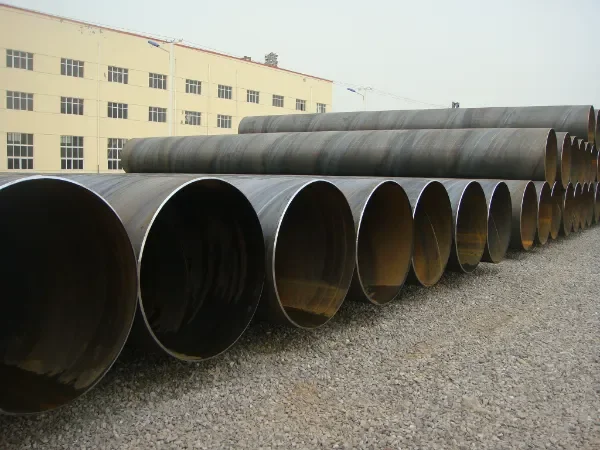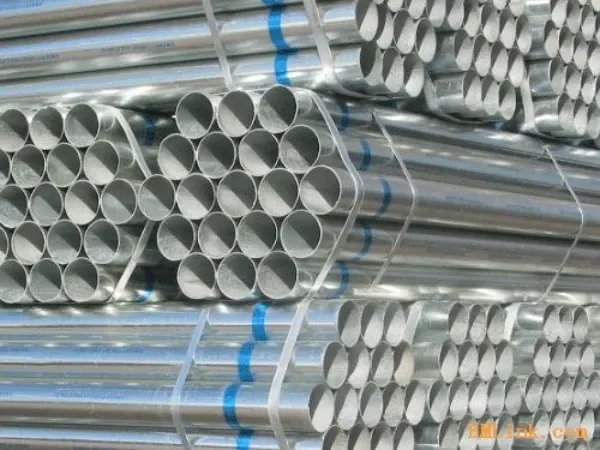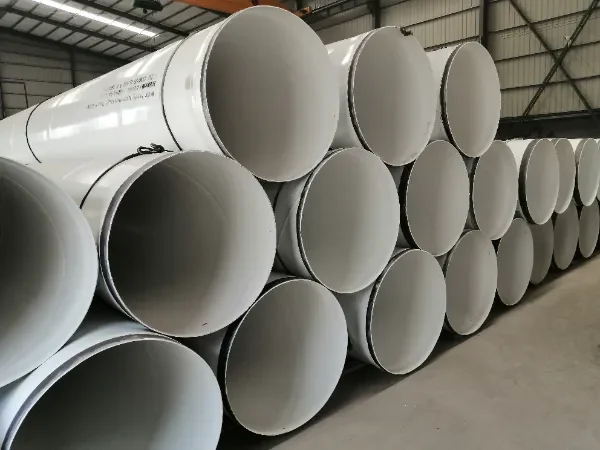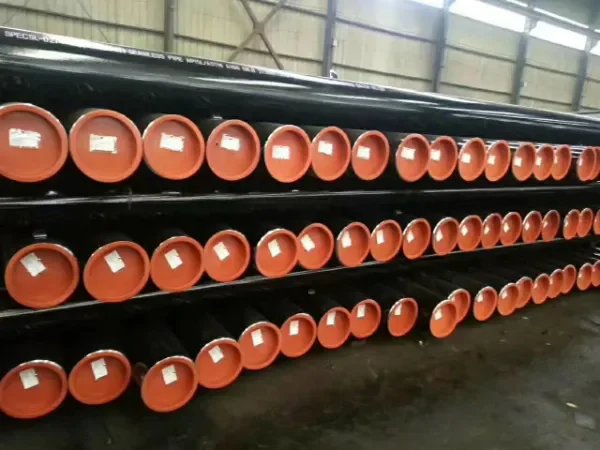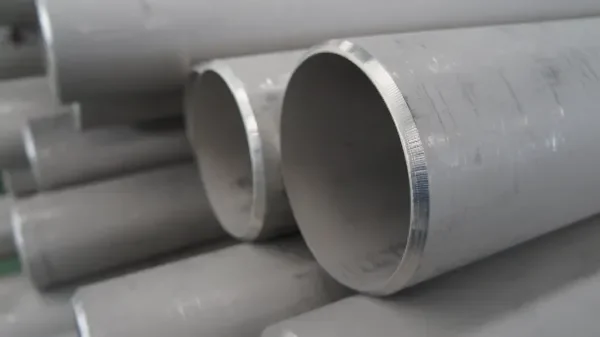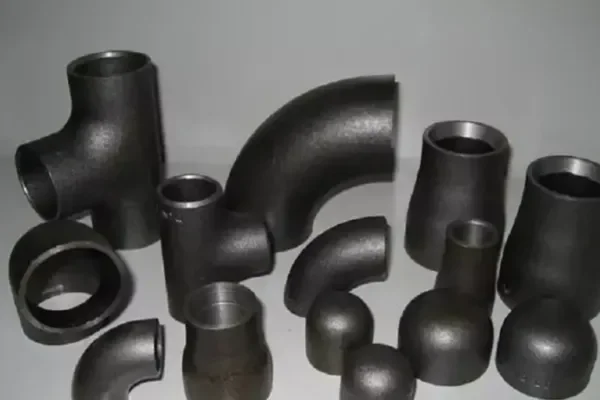Cutting
We can provide customized cutting to size pipes for natural gas so that the pipes can be easier applied to your project. If you are buying sheets, tubes, plates, or shapes at the required length, please let us know the W x L information.
Cut to the required Length

What should we do before the steel pipes are cut?
1. To measure the steel pipe diameter.
2. To mark the steel pipe on the surface. Mark around the circumference of a pipe, especially when cutting with a handsaw.
3. To ensure cutting is as straight as possible by securing the pipe to keep the length from shifting out of place while cutting. There are various reasons to influence the cutting effect. Such as pipe material, wall thickness, the squareness of ends, end-conditioning requirements and secondary process requirements, etc. And other reasons include production volume, cutting efficiency, overhead costs, and special requirements of the tube or pipe material. To know these in detail, which cutting methods should we choose? Please kindly refer to the advice below:
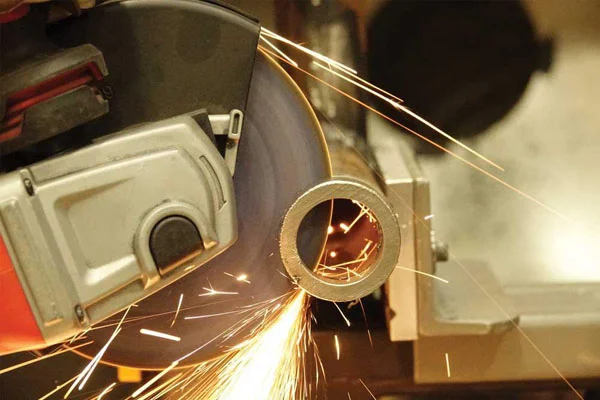
(1) Abrasive Cutting
Abrasive sawing is a basic, manual method of cutting-to-length products to the customer’s specification in any alloy.
(2) Band Saw Cutting
Band saw cutting is a fully automatic process and the most common method for cutting rods, bars, pipes, and tubing. This process is excellent for large-volume cutting. Some band saws can handle large product bundles.
(3)Laser Cutting
In spite of the high capital cost, a laser cutting system provides a range of capabilities and associated advantages. Easily controlled with automation equipment (CNC), a laser allows an operator to cut, deburr, inspect, and even pack material while the laser runs continuously.

(4) Lathe Cutting
Lathe cutting is ideal for thin-walled material, producing square cut ends with minimum burr. Multiple cross slides permit deburring or chamfering the OD of both ends during the lathe cutting process.
(5) Shearing
A tube shearing is a completely automatic, high-speed machine that uses two shearing plates and two ID punches under extreme pressure to cut tubing. The shearing action is the same for all sizes and wall thicknesses with maximum limits.




